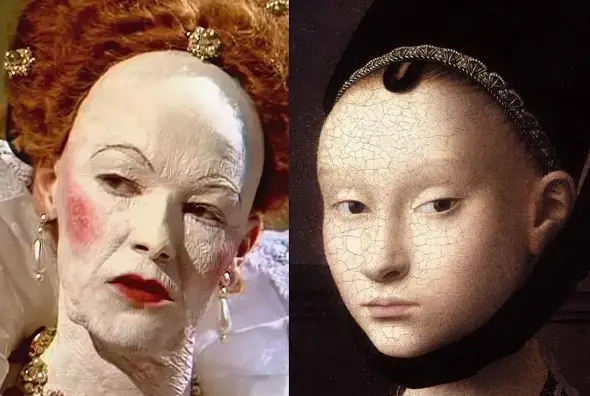The most famous poisonings in history – what caused them?
Napoleon’s death
Napoleon’s death gave birth to legends and secrets as much as his bright life. Many consider his mysterious death to be one of the most famous poisonings in history. The health of the former Emperor exiled to St. Helena island deteriorated sharply in the autumn of 1820. He complained of severe stomach pains, weakness and frequent attacks of nausea.
A year earlier, two servants had died in mysterious circumstances. Napoleon openly said someone poisoned them and that the murderers chose the Emperor himself as the next victim. He died on May 5, 1821. The cause of death in the official report was stomach cancer, which killed Napoleon’s father in 1785. However, according to conspiracy experts, Napoleon’s disease was very similar to arsenic poisoning.
Evidence of poisoning was found in Napoleon’s hair. The analysis showed an almost 40-fold increase in arsenic content. Napoleon could have been fatal for the combination of arsenic and the laxative calomel he had been treated with by doctors.


The version of intentional arsenic poisoning has a lot of opponents. According to one version, it’s all the fault of the wallpaper from the Emperor’s bedroom, which had a high content of arsenic. In those years people widely used arsenic to make green pigment. In the humid atmosphere of St. Helena the fungi on the walls could cause arsenic secretion from the paint.
Napoleon’s hair could also absorb arsenic from the fireplace firewood. He could get a dangerous dose, even holding bullets that contained a lot of this metal at the time.
Emperor’s addiction to wine could also cause high arsenic content in his hair. The winemakers dried the barrels with arsenic-based material.
There is even a theory that the special “healing” techniques caused the poisoning. According to this theory, the doctors were giving Napoleon potassium tartrate, a colorless poisonous salt that induces vomiting.






